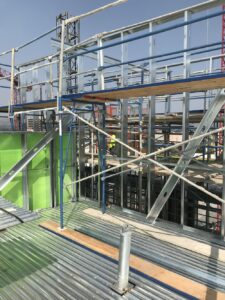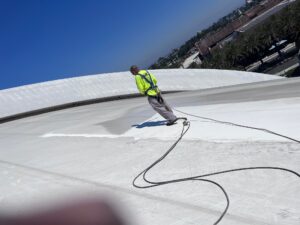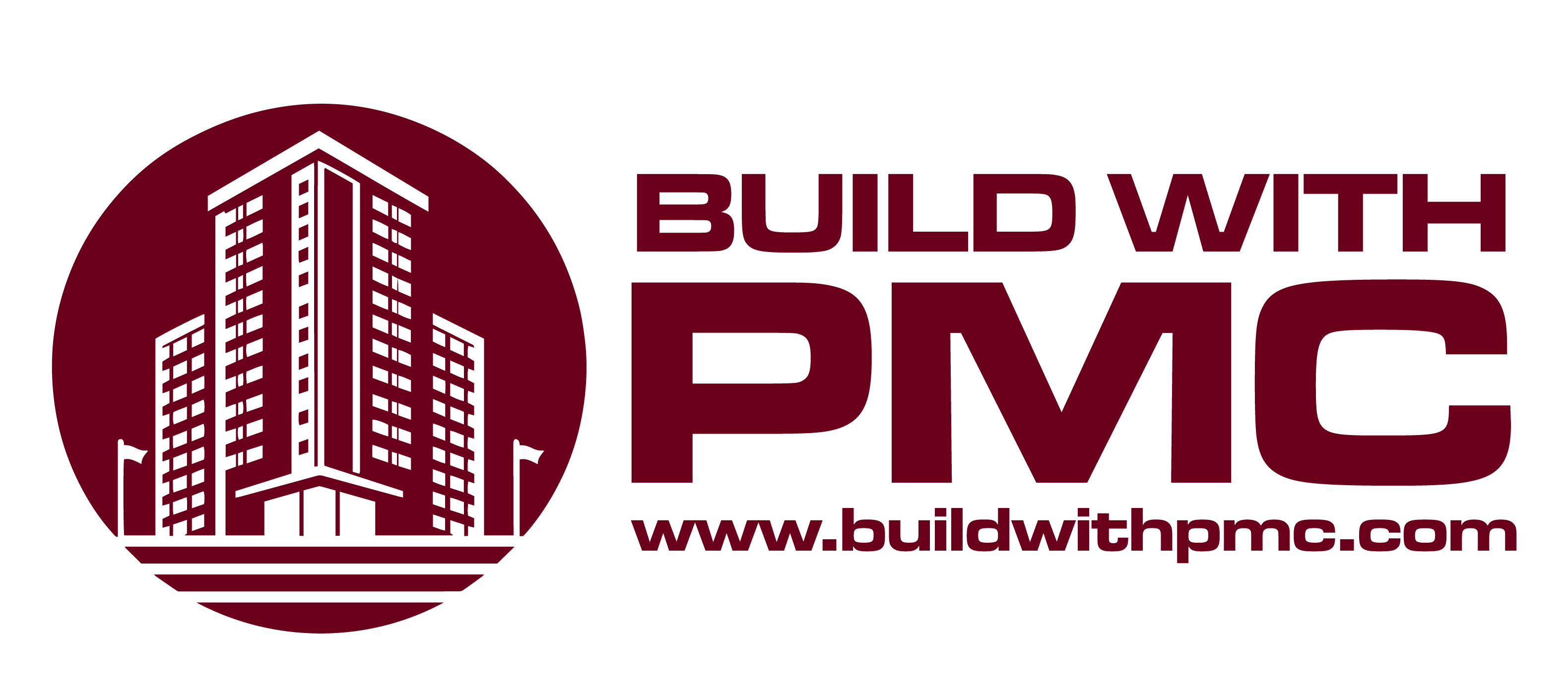Swing stage rental has become an indispensable solution for various construction and maintenance projects, offering a versatile and efficient way to access elevated structures. Whether you’re working on a high-rise building, a bridge, or any structure that requires elevated access, swing stages provide a safe and practical solution.
In this blog post, we’ll delve into the key aspects of swing stage rental, from understanding what swing stages are to the factors you should consider before renting one.
What are Swing Stages?
Swing stages, also known as suspended scaffolding or suspended platforms, are temporary platforms that are suspended from a structure or building. They are typically used in construction, maintenance, painting, and other activities where access to heights is required. Swing stages consist of a platform supported by cables or other means, allowing workers to move vertically and horizontally along a building’s facade.

Key Components of Swing Stages
- Platform: The platform is the working surface where workers stand. It is designed to accommodate workers and their tools, ensuring a safe and stable workspace.
- Hoist System: The hoist system is responsible for raising and lowering the platform. It consists of a motor, cables, and a braking system to ensure controlled movement.
- Support System: The support system includes the components that secure the swing stage to the building or structure. This may involve parapet clamps, counterweights, or other anchoring mechanisms.
- Safety Features: Swing stages are equipped with various safety features such as guardrails, safety nets, and personal fall protection systems to ensure the well-being of workers.
Advantages of Swing Stage Rental:
- Increased Efficiency: Swing stages enable workers to access difficult-to-reach areas with ease, leading to increased efficiency in construction and maintenance projects. The ability to move both vertically and horizontally means that workers can cover large areas without the need for constant repositioning.
- Versatility: One of the key advantages of swing stage rental is its versatility. These systems can be customized to suit the specific requirements of a project, making them suitable for various applications. Whether it’s painting, repairs, or maintenance, swing stages provide a flexible solution for working at different heights and angles.
- Cost-Effectiveness: Opting for swing stage rental can be a cost-effective choice for many projects. Purchasing and maintaining specialized equipment for height access can be expensive, while renting provides a more economical solution. Additionally, rental companies often provide training and support, ensuring that the equipment is used safely and effectively.
Safety Considerations

- Training and Certification
Safety is paramount when working at heights, and proper training is essential for anyone operating swing stage systems. Ensure that all workers using the equipment have received adequate training and certification to operate and handle the swing stage safely. This includes understanding the equipment’s features, emergency procedures, and proper use of personal protective equipment (PPE).
- Inspection and Maintenance
Regular inspection and maintenance are critical to the safe operation of swing stages. Before each use, thoroughly inspect the equipment for any signs of wear, damage, or malfunction. Address any issues promptly and ensure that the equipment meets safety standards. Regular maintenance, including lubrication and part replacement, is crucial for the longevity and reliability of the swing stage.
- Compliance with Regulations
Compliance with safety regulations and standards is non-negotiable. Familiarize yourself with local and national regulations governing the use of swing stages and ensure that your rental equipment meets or exceeds these standards. Regularly update your knowledge of safety guidelines to stay informed about best practices and potential changes in regulations.
Key Factors to Consider When Choosing Swing Stage Rental
Project Requirements
Before choosing a swing stage rental, assess the specific requirements of your project. Consider factors such as the height of the structure, the type of work to be performed, and the load-bearing capacity needed. This information will help you determine the appropriate type and size of swing stage for your project.
Rental Company Reputation
Research and choose a reputable swing stage rental company. Look for reviews, testimonials, and references from previous clients to gauge the company’s reliability, customer service, and the quality of their equipment. A well-established rental company with a track record of safety and customer satisfaction is essential for a successful project.
Equipment Quality
Ensure that the swing stage equipment meets industry standards and is well-maintained. Check for proper certification, inspect the equipment before rental, and inquire about the company’s maintenance practices. High-quality, well-maintained equipment is crucial for both the safety and efficiency of your project.
Rental Costs and Terms
Compare the costs and terms of swing stage rental from different providers. While cost is a significant factor, also consider the rental duration, included services (such as training and maintenance), and any additional fees. Choose a rental agreement that aligns with your project timeline and budget.
Insurance Coverage
Verify that the swing stage rental company provides adequate insurance coverage for their equipment. This includes liability coverage in case of accidents or damage to the equipment. Discuss insurance details with the rental company and ensure that you have a clear understanding of your responsibilities and protections.
Tips for Safe Use of Swing Stages:
- Training and Awareness
- Ensure that all workers using the swing stage are properly trained on its operation and safety features.
- Promote awareness of potential hazards and safe work practices.
- Regular Inspections
- Conduct regular inspections of the swing stage and its components to identify and address any issues promptly.
- Weather Conditions
- Avoid using swing stages in adverse weather conditions such as strong winds or heavy rain, as these can pose additional risks.
- Proper Use of Personal Protective Equipment (PPE)
- Ensure that workers wear appropriate PPE, including harnesses, helmets, and safety vests, to minimize the risk of injuries.
Conclusion
Swing stage rental offers a flexible and efficient solution for accessing heights in construction, maintenance, and renovation projects. Understanding the basics, appreciating the advantages, prioritizing safety considerations, and carefully considering key factors during the rental process are crucial steps in ensuring a successful and secure project.
By following these guidelines, you can confidently choose the right swing stage rental for your specific needs and contribute to the seamless execution of your high-altitude tasks.




